YANGON—Time is kind to certain things in life, but passes other things by, leaving them to fade into memory as they are eclipsed by advances in science and technology.
Cassette players and cassette tapes are very much in the latter category.
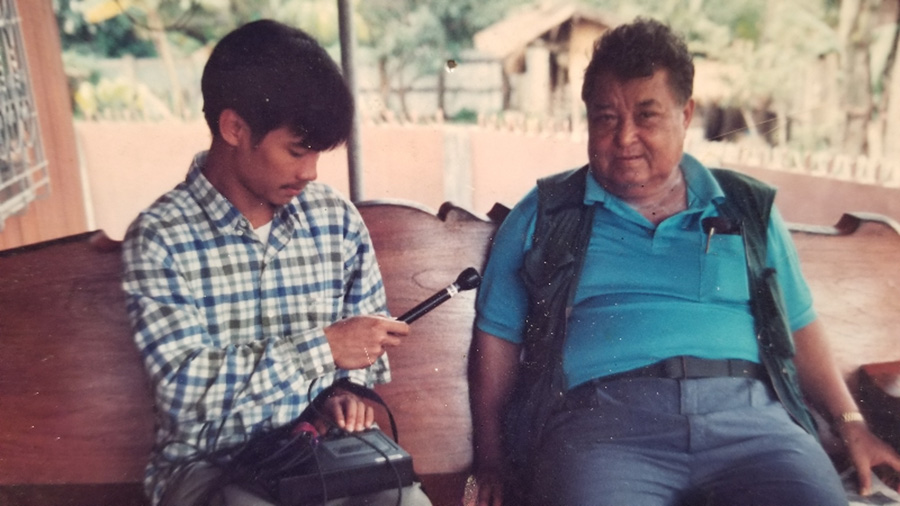
The format first became popular in Europe in the 1960s, but its global cultural moment was really the 1970s and 1980s.
In Myanmar, the popularity of the cassette tape reached its peak in the 1990s. The Sony Walkman remained a sought-after fashion accessory for youngsters until the early 2000s.
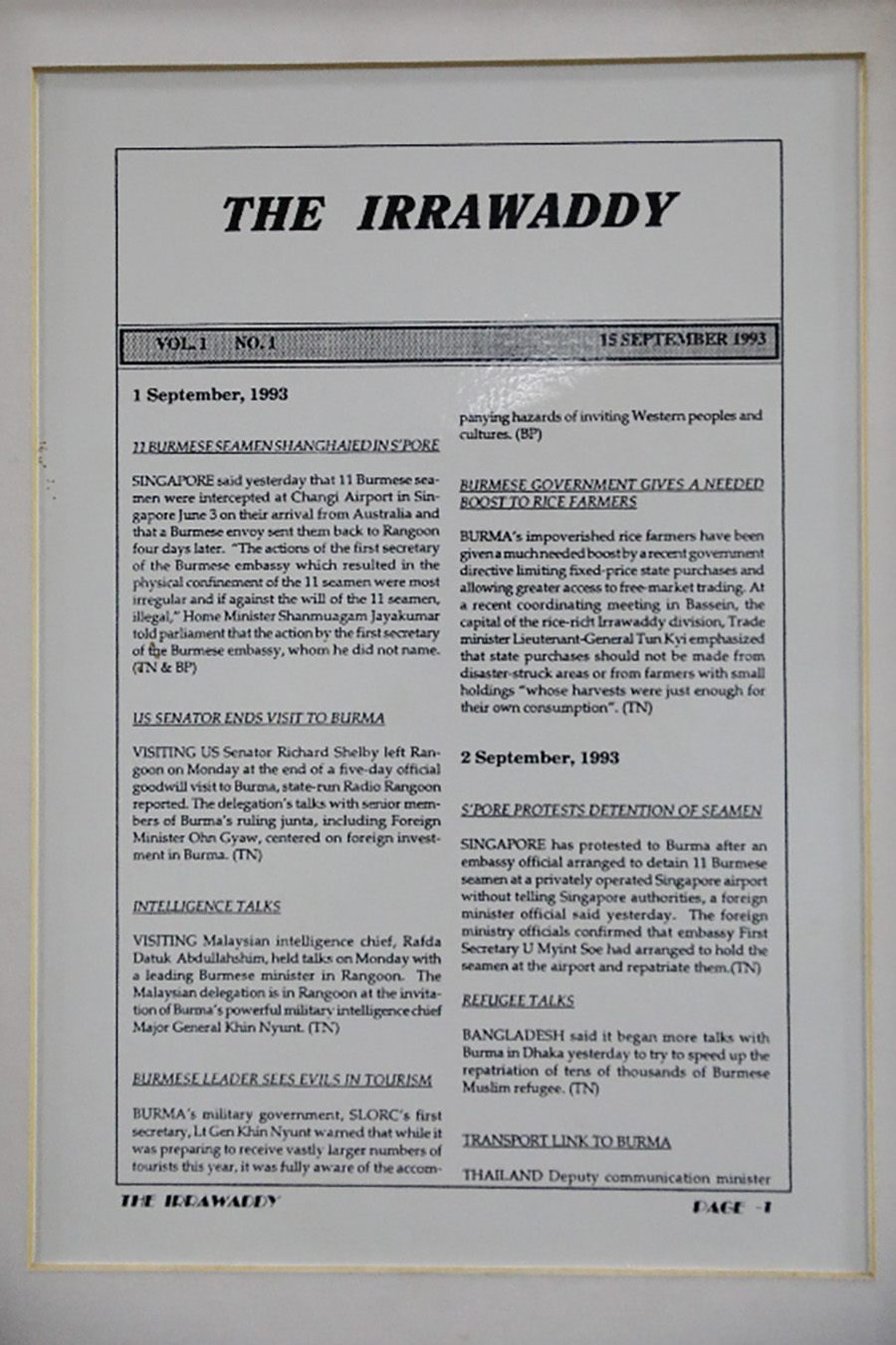
Just a decade-and-a-half later, however, many members of Generation Z in Myanmar probably have no idea what a cassette tape is.
An ongoing exhibition at Yangon’s National Museum will give those born in the 1980s and 1990s a taste of the cassette tape’s heyday in the 1990s, and offer those who recall the period a chance to relive it.
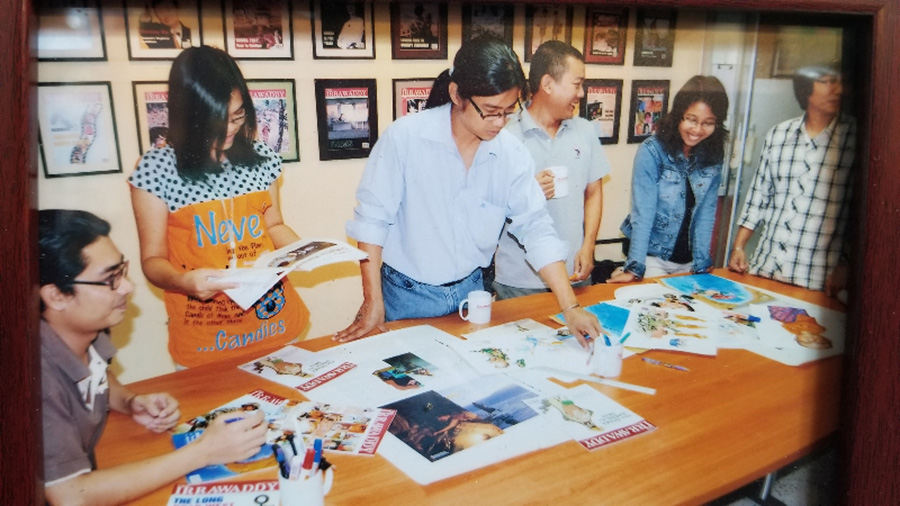
The exhibition “Sound Weaving” gathers together more than 5,000 cassette tapes. Apart from songs, the tapes on display contain recordings of Dhamma talks, literary discussions, and English and Chinese conversation lessons.
The tapes bring back memories of the very fabric of society as it once was, said artist Htein Lin, the organizer of the event.
“They represent a record of the entire era dating back to the time of the Socialist Programme Party of Burma. They remind us of the time we grew up in,” he said.
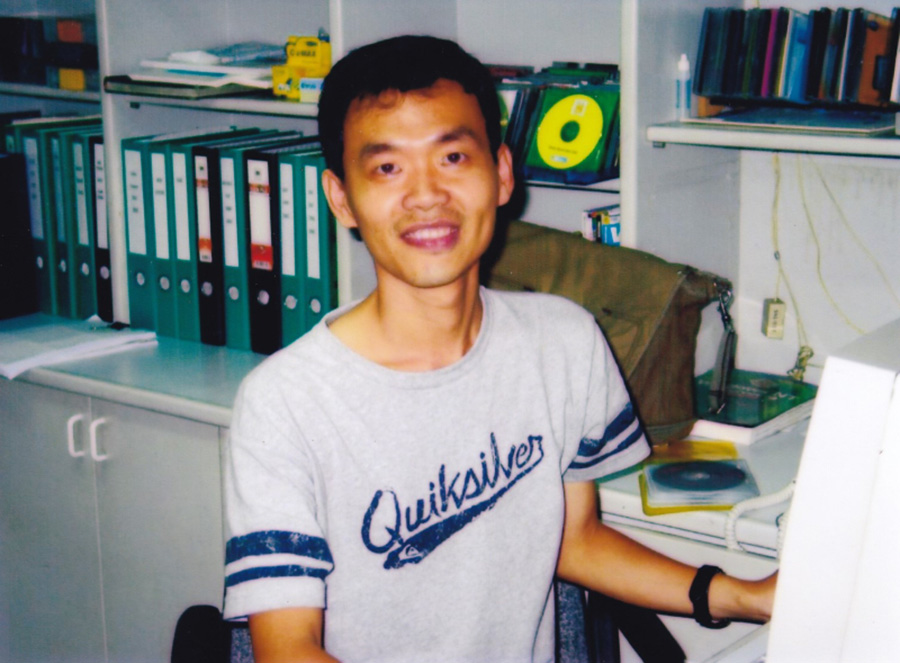
The exhibition features a recording room so that visitors can record their comments summarizing their feelings about the show. They can also listen to the words of previous visitors via MP3 players arranged by the organizer.
The recording installation was created by artists Tun Win Aung and Wah Nu. “This artwork will be complete only when audience members record and share their memories. We call it Inter-Artist,” Tun Win Aung said. The work is designed to include the participation of people from all walks of life, encouraging them to share their memories and listen to those of others.
“I feel as if I were young again. It was really moving,” one female visitor said.
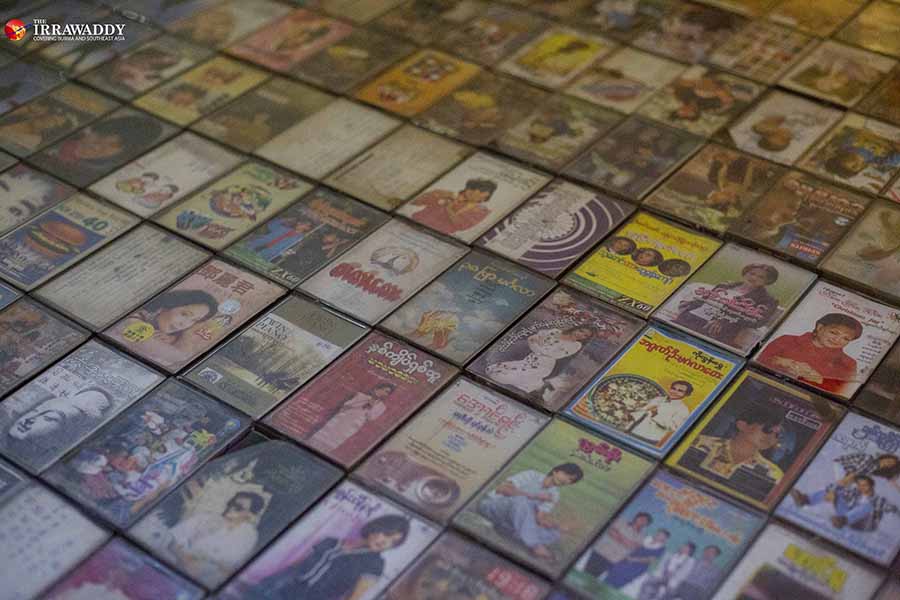
“When I was young, I had to go to a teashop to listen to music,” said a male visitor.
Not every household had a cassette player, but almost all teashops had one. They played music to attract customers.
“I remember there was one teashop that used to dread my coming in; I would ask them to play two or three cassette tapes every day, while others only asked for one. I rented those tapes from a rental shop,” he recalled.
The exhibition will be held through Tuesday. The museum is closed on Monday.

















